8 products
-
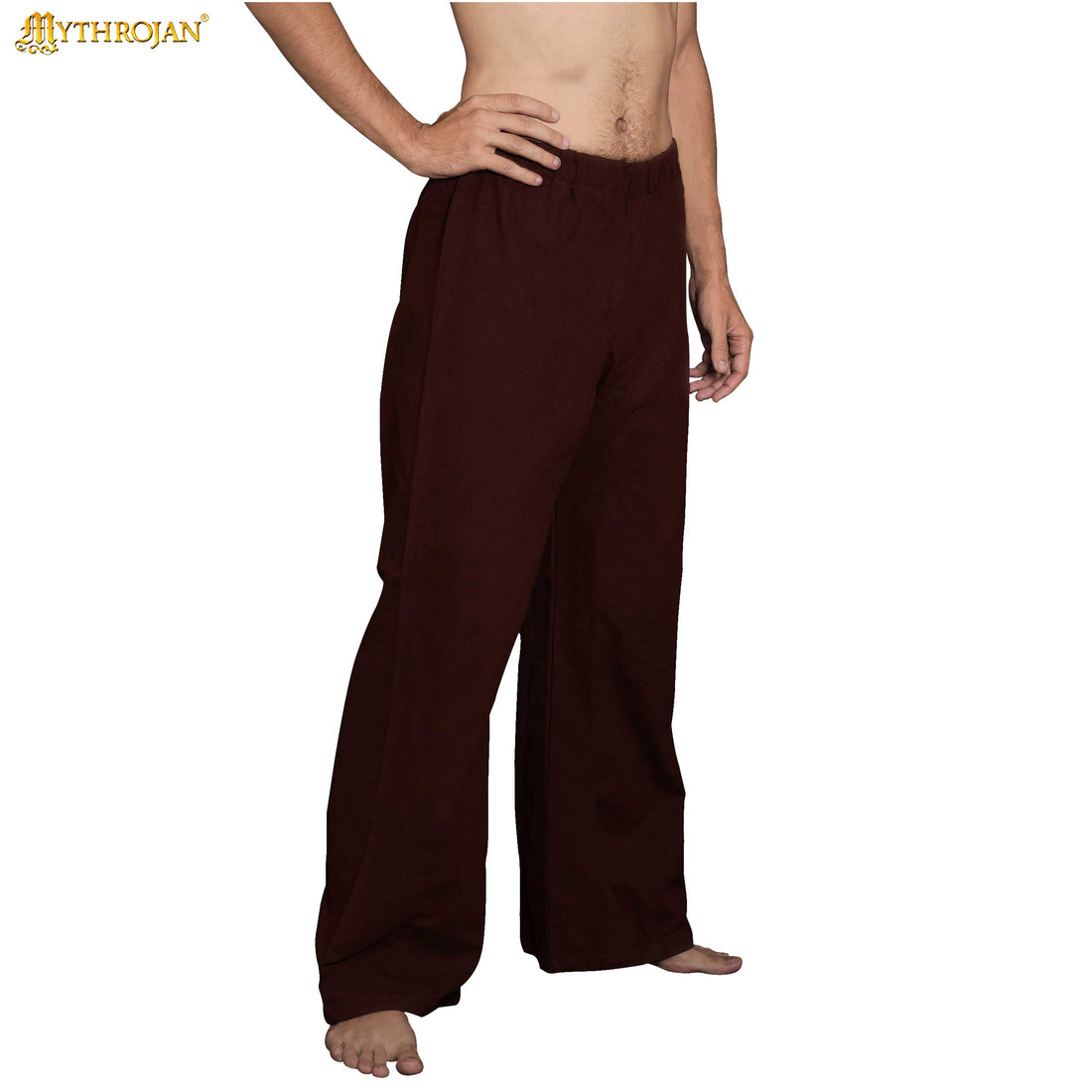
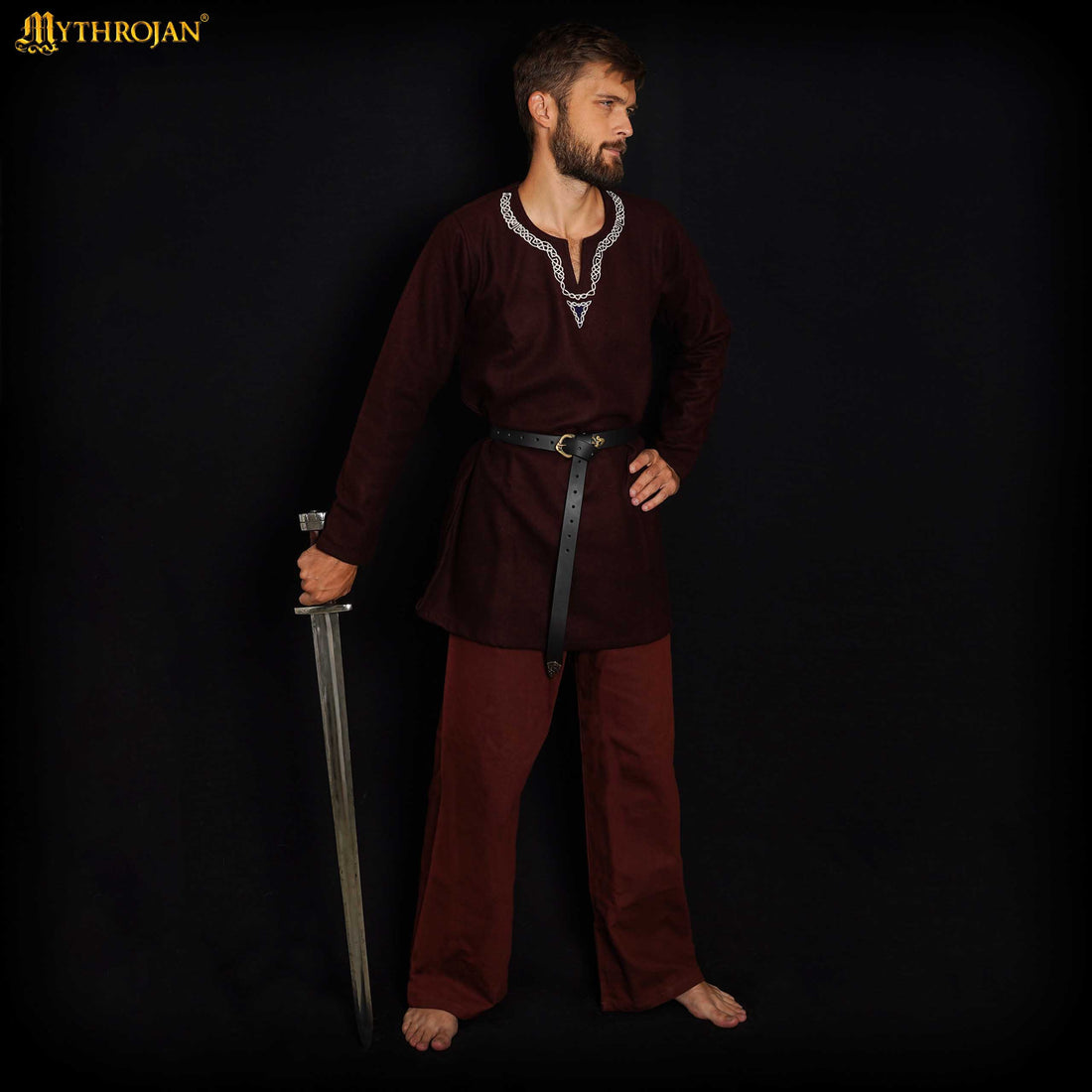 Mythrojan WARRIOR CANVAS TROUSERS Medieval Viking Knight Pirate Cotton, BrownMythrojan WARRIOR CANVAS TROUSERS Medieval Viking Knight Pirate Cotton, Brown
Mythrojan WARRIOR CANVAS TROUSERS Medieval Viking Knight Pirate Cotton, BrownMythrojan WARRIOR CANVAS TROUSERS Medieval Viking Knight Pirate Cotton, Brown- Regular price
-
$32.99 - Regular price
-
- Sale price
-
$32.99
Quick view
-
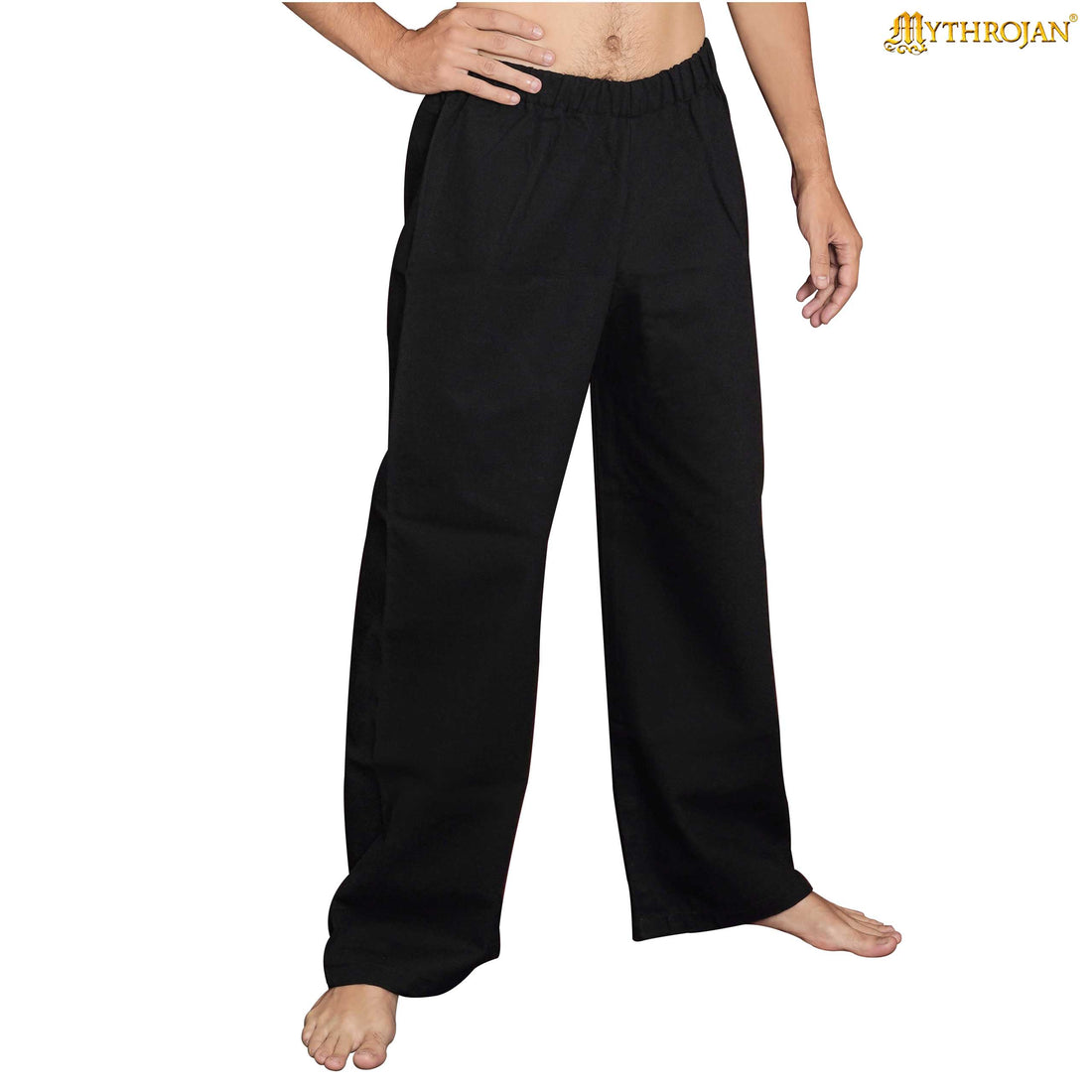
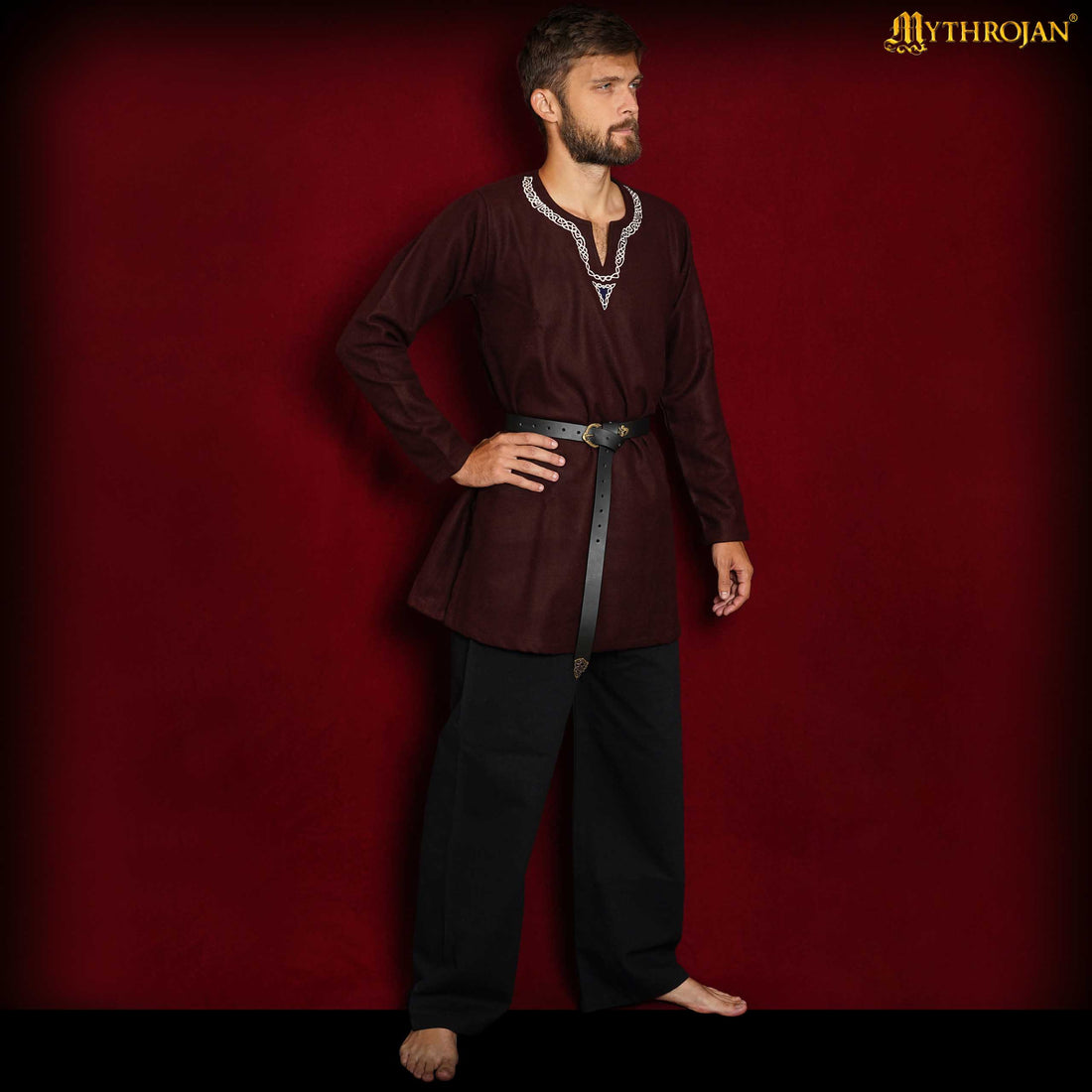 Mythrojan WARRIOR CANVAS TROUSERS Medieval Viking Knight Pirate Cotton , BlackMythrojan WARRIOR CANVAS TROUSERS Medieval Viking Knight Pirate Cotton , Black
Mythrojan WARRIOR CANVAS TROUSERS Medieval Viking Knight Pirate Cotton , BlackMythrojan WARRIOR CANVAS TROUSERS Medieval Viking Knight Pirate Cotton , Black- Regular price
-
$37.99 $39.99 - Regular price
-
- Sale price
-
$37.99 $39.99
Quick view
-
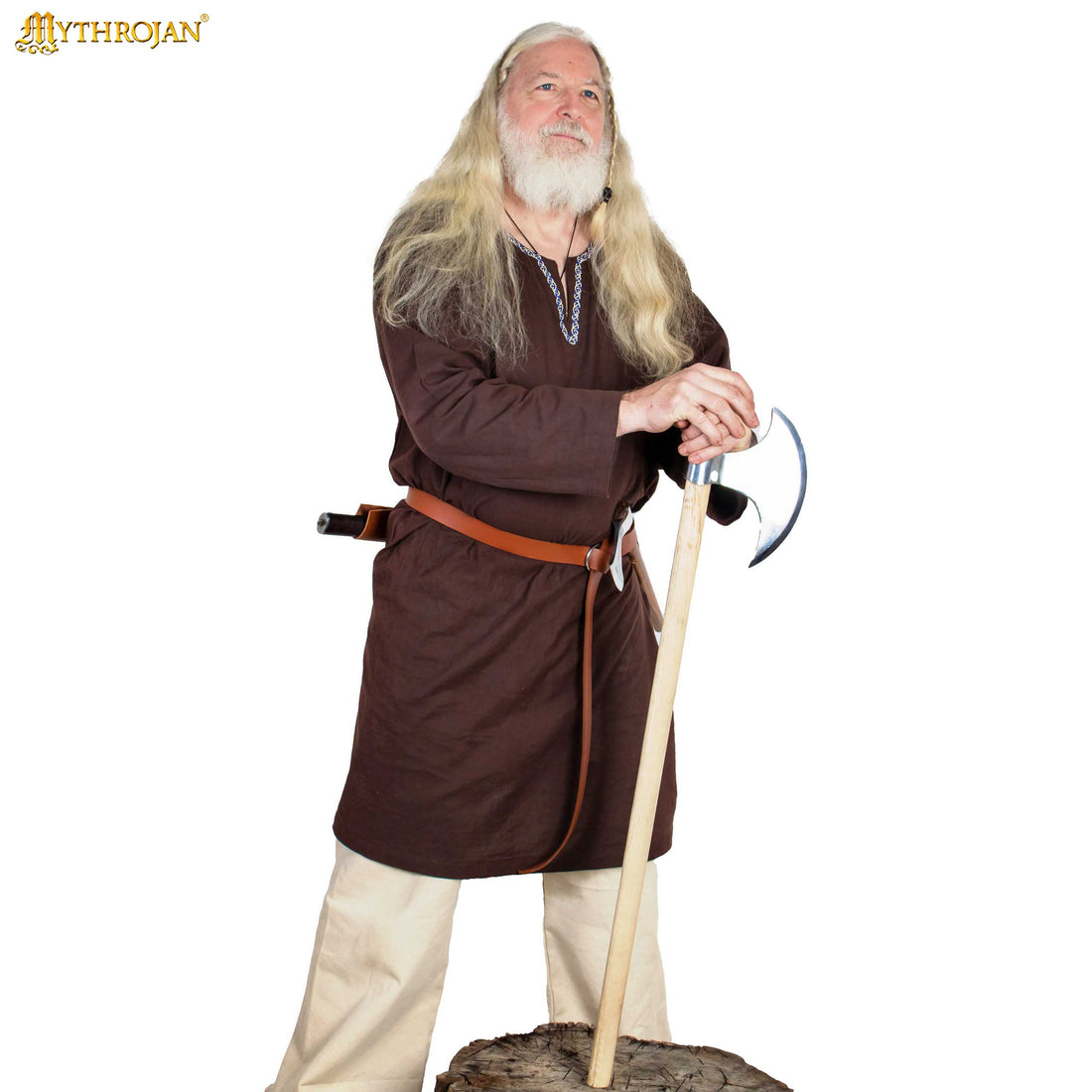
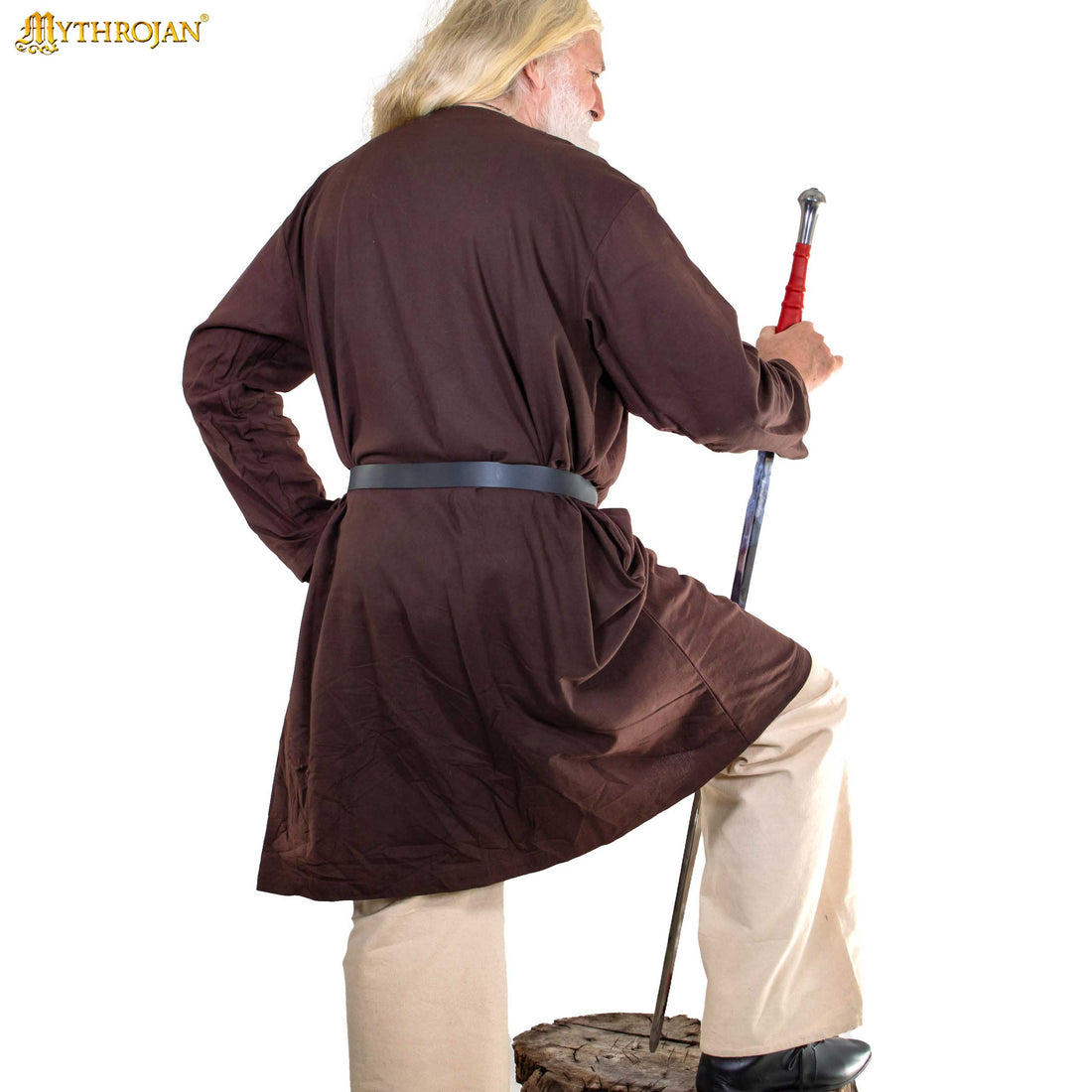 Mythrojan WARRIOR CANVAS TROUSERS Medieval Viking Knight Pirate Cotton canvas - EcruMythrojan WARRIOR CANVAS TROUSERS Medieval Viking Knight Pirate Cotton canvas - Ecru
Mythrojan WARRIOR CANVAS TROUSERS Medieval Viking Knight Pirate Cotton canvas - EcruMythrojan WARRIOR CANVAS TROUSERS Medieval Viking Knight Pirate Cotton canvas - Ecru- Regular price
-
$32.99 - Regular price
-
- Sale price
-
$32.99
Quick view
-
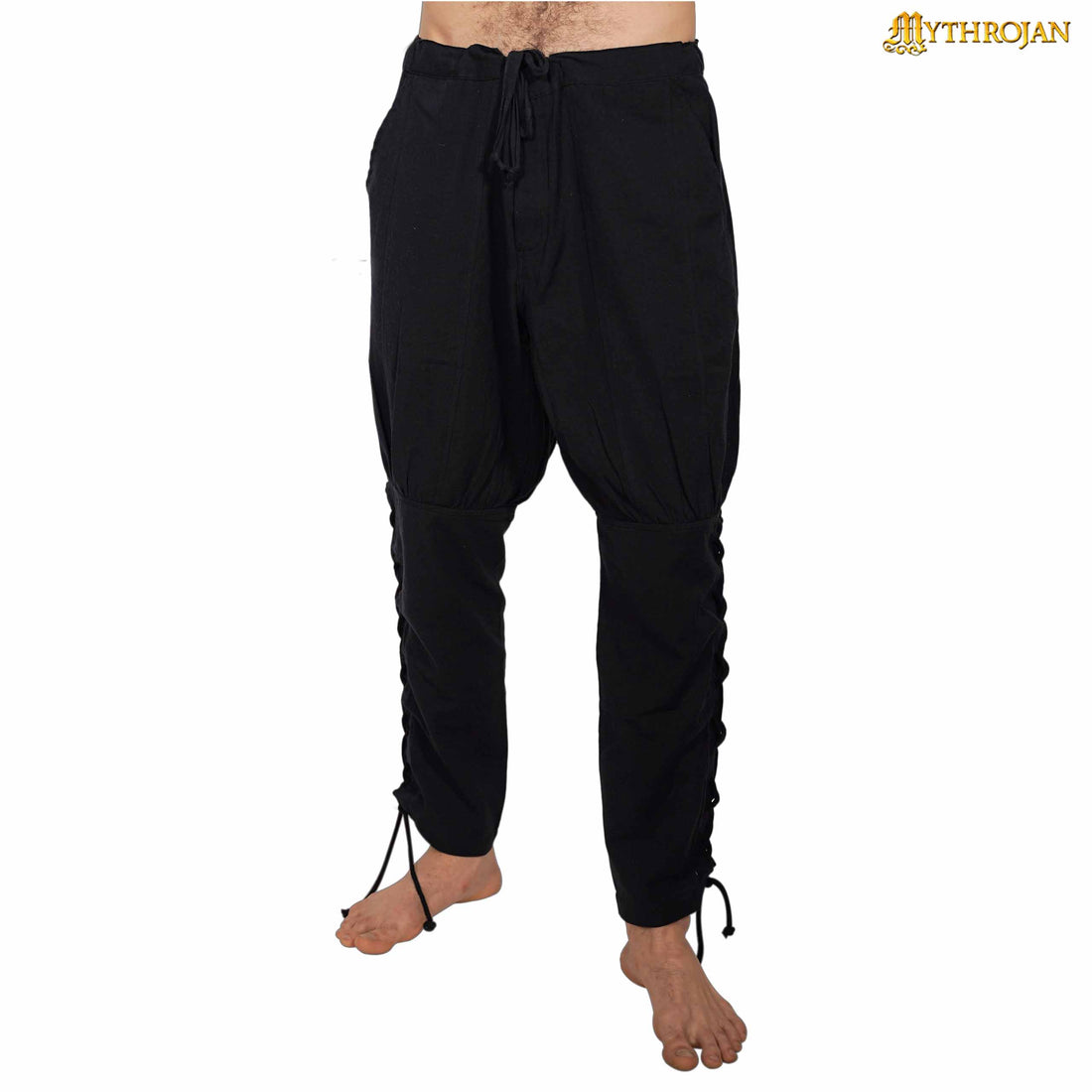
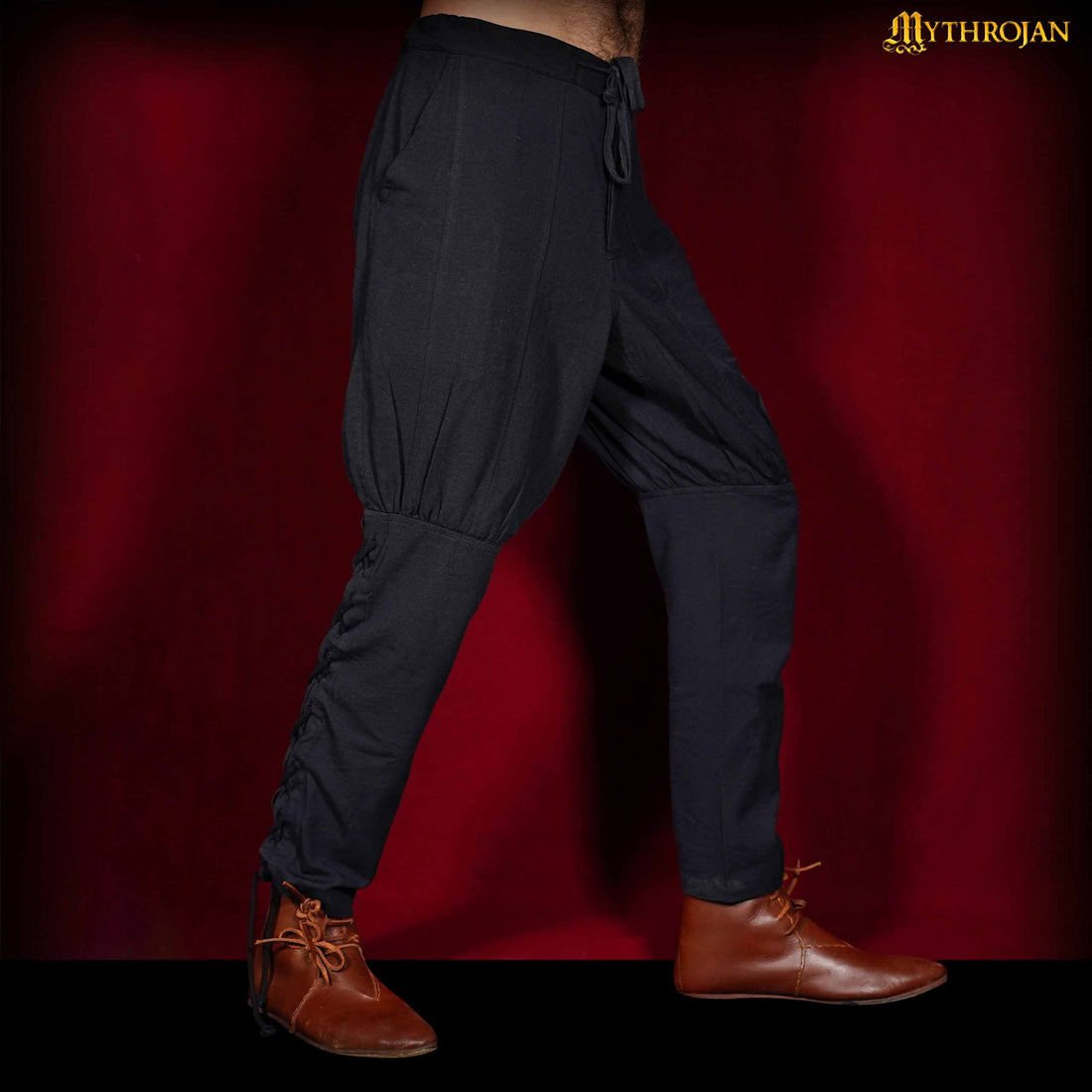 Mythrojan Bjorn the Varangian Viking Trousers 100% Cotton Ideal for Historical Viking LARP SCA Reenactment Cotton, BlackMythrojan Bjorn the Varangian Viking Trousers 100% Cotton Ideal for Historical Viking LARP SCA Reenactment Cotton, Black
Mythrojan Bjorn the Varangian Viking Trousers 100% Cotton Ideal for Historical Viking LARP SCA Reenactment Cotton, BlackMythrojan Bjorn the Varangian Viking Trousers 100% Cotton Ideal for Historical Viking LARP SCA Reenactment Cotton, Black- Regular price
-
$49.95 - Regular price
-
- Sale price
-
$49.95
Quick view
-

 Mythrojan Viking / Northern / Saxon Woolen Leg Wraps / Winingas Ideal for Reenactment LARP SCA, Recycled Wool, BrownMythrojan Viking / Northern / Saxon Woolen Leg Wraps / Winingas Ideal for Reenactment LARP SCA, Recycled Wool, Brown
Mythrojan Viking / Northern / Saxon Woolen Leg Wraps / Winingas Ideal for Reenactment LARP SCA, Recycled Wool, BrownMythrojan Viking / Northern / Saxon Woolen Leg Wraps / Winingas Ideal for Reenactment LARP SCA, Recycled Wool, Brown- Regular price
-
$24.95 - Regular price
-
- Sale price
-
$24.95
Quick view
-
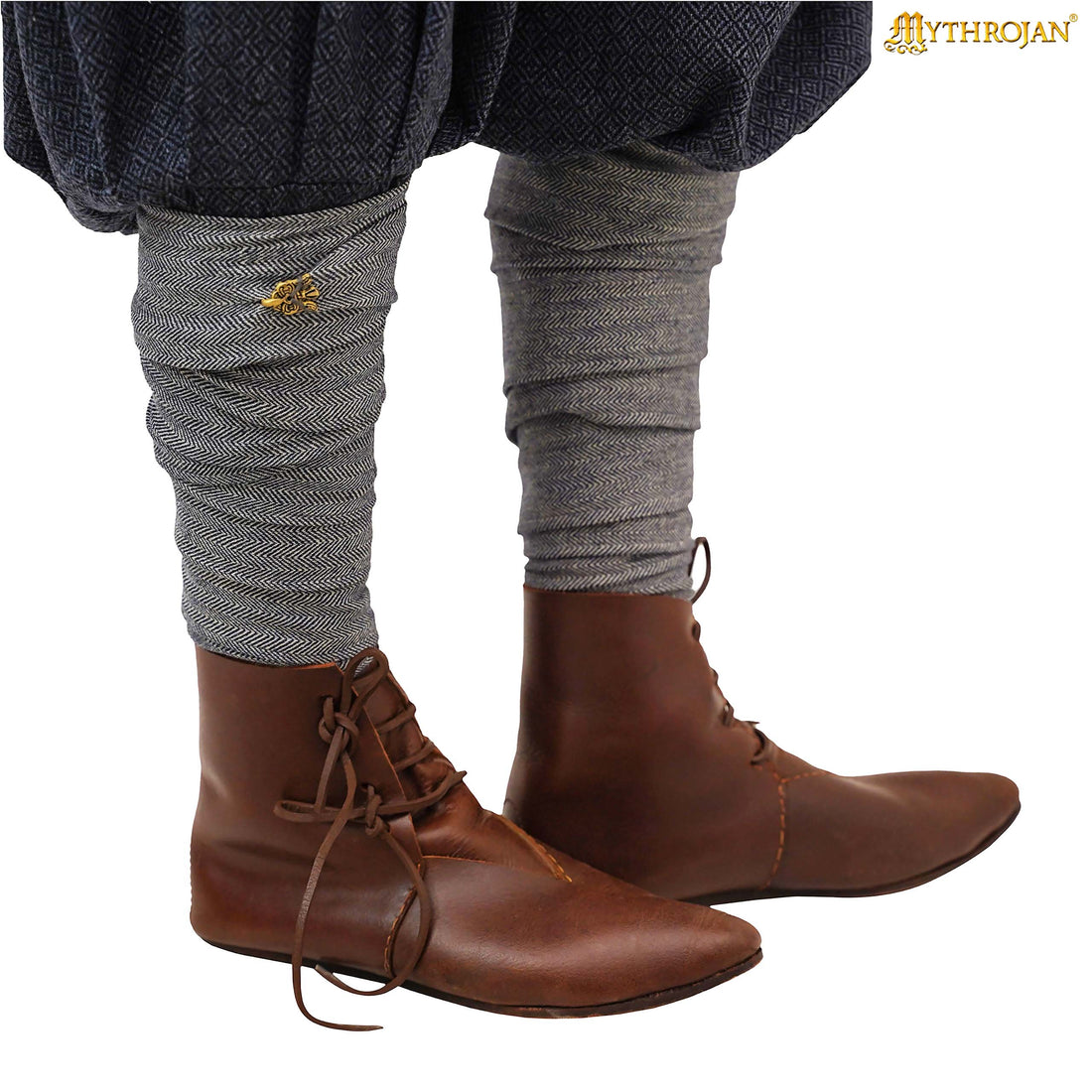
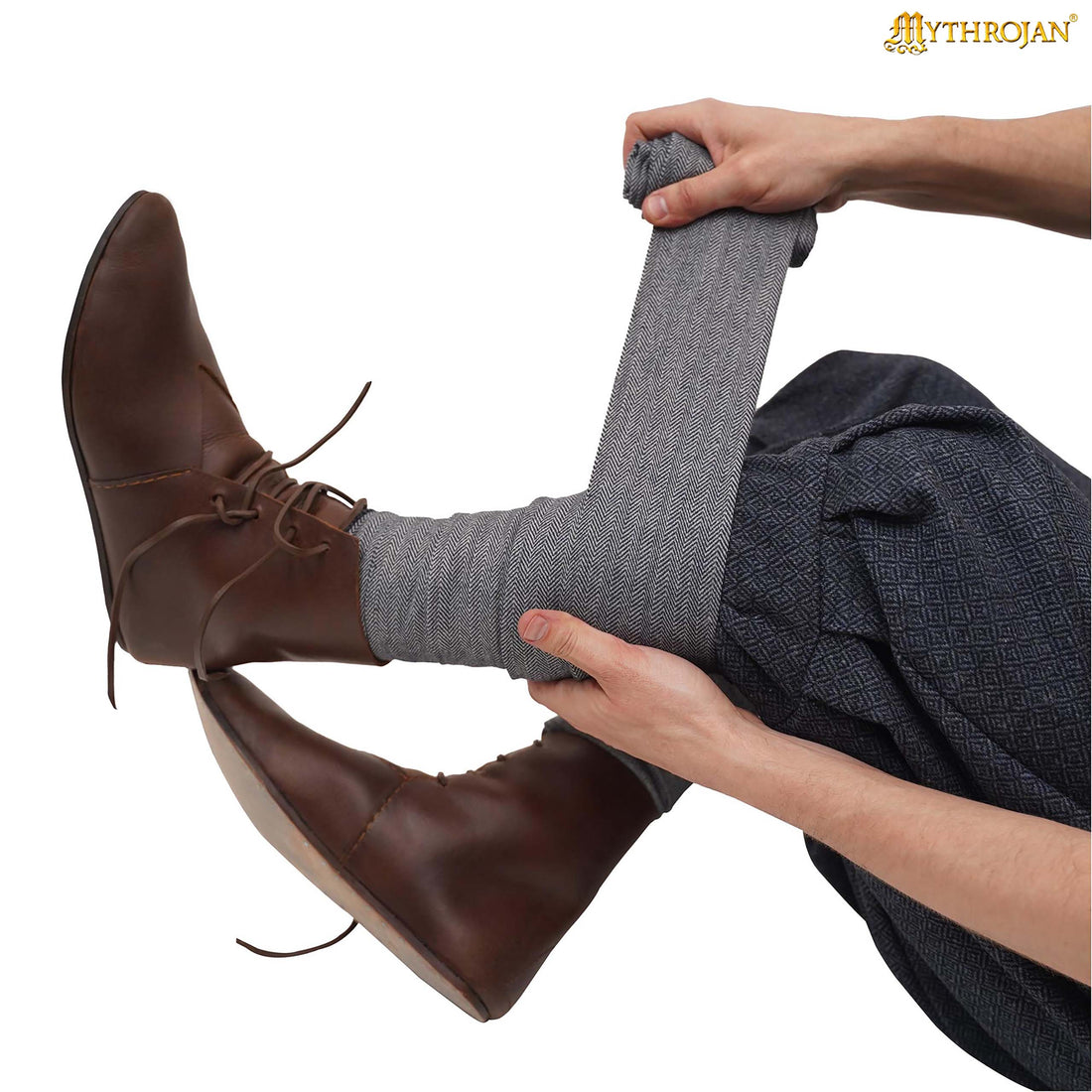 Raven Viking Woolen Leg Wraps: Practicality and Protection with Historical DetailRaven Viking Woolen Leg Wraps: Practicality and Protection with Historical Detail
Raven Viking Woolen Leg Wraps: Practicality and Protection with Historical DetailRaven Viking Woolen Leg Wraps: Practicality and Protection with Historical Detail- Regular price
-
$34.95 - Regular price
-
- Sale price
-
$34.95
Quick view
-
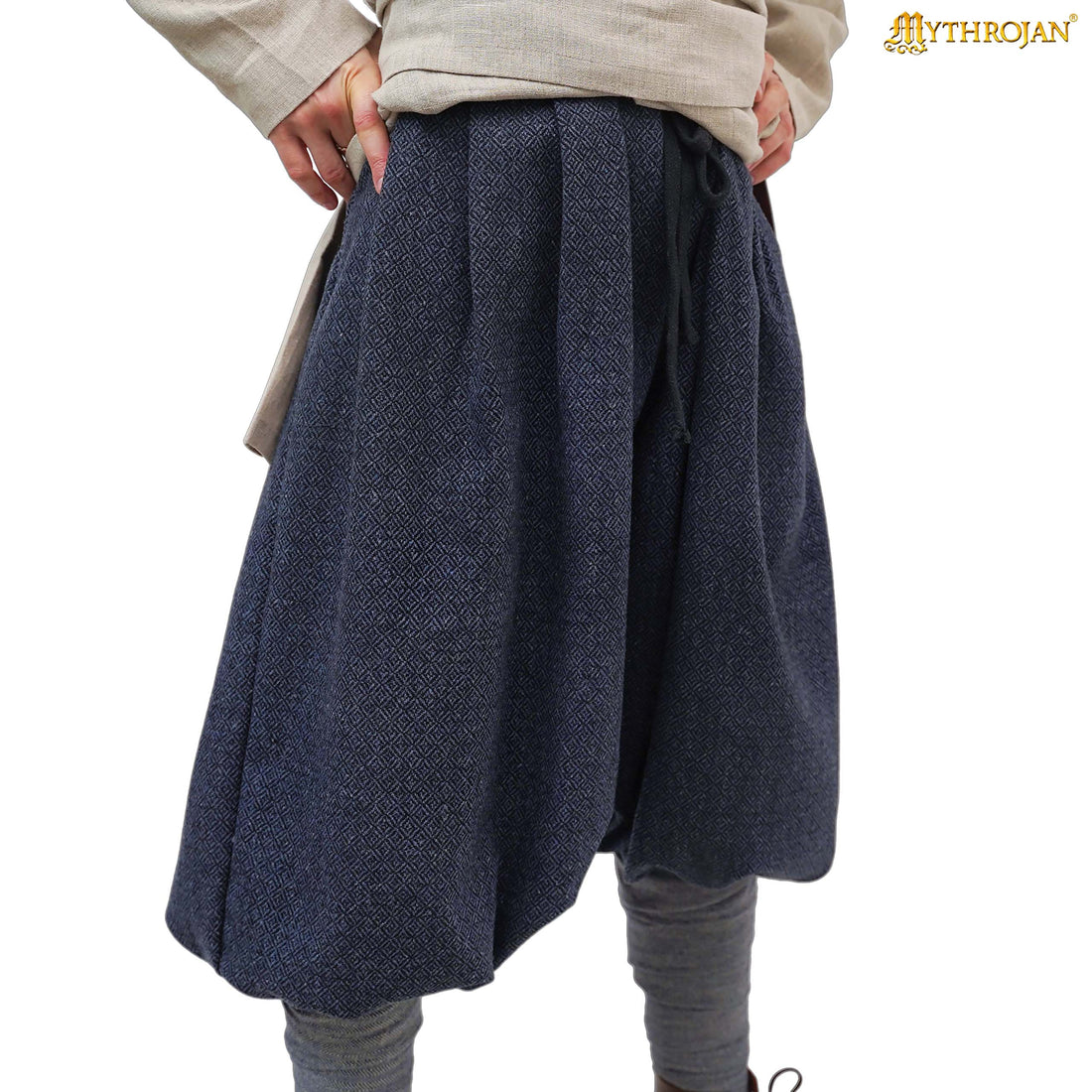
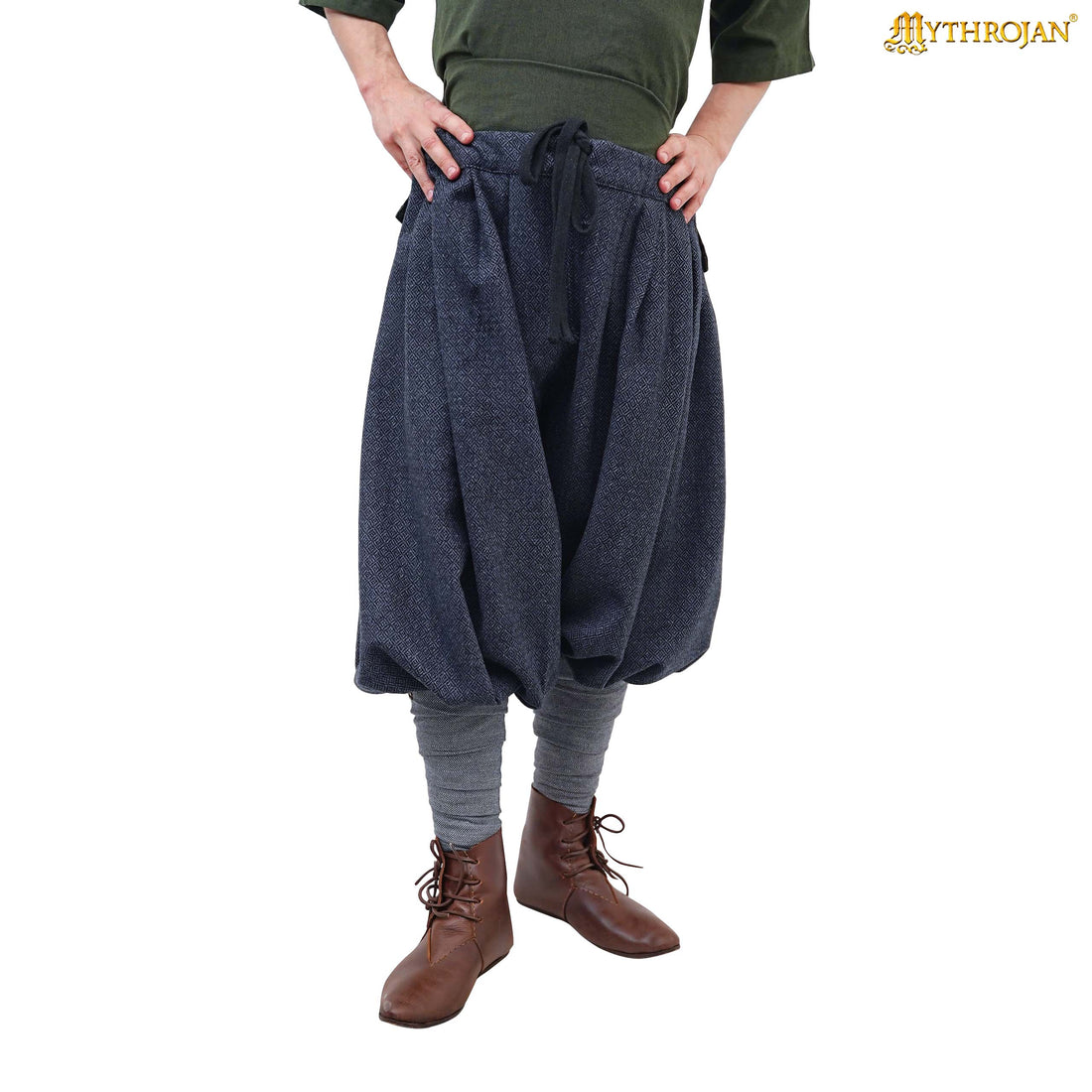 Haitabu Viking Baggy Trousers: Authentic Comfort and Mobility for the Modern WarriorHaitabu Viking Baggy Trousers: Authentic Comfort and Mobility for the Modern Warrior
Haitabu Viking Baggy Trousers: Authentic Comfort and Mobility for the Modern WarriorHaitabu Viking Baggy Trousers: Authentic Comfort and Mobility for the Modern Warrior- Regular price
-
$119.99 - Regular price
-
- Sale price
-
$119.99
Quick view
-
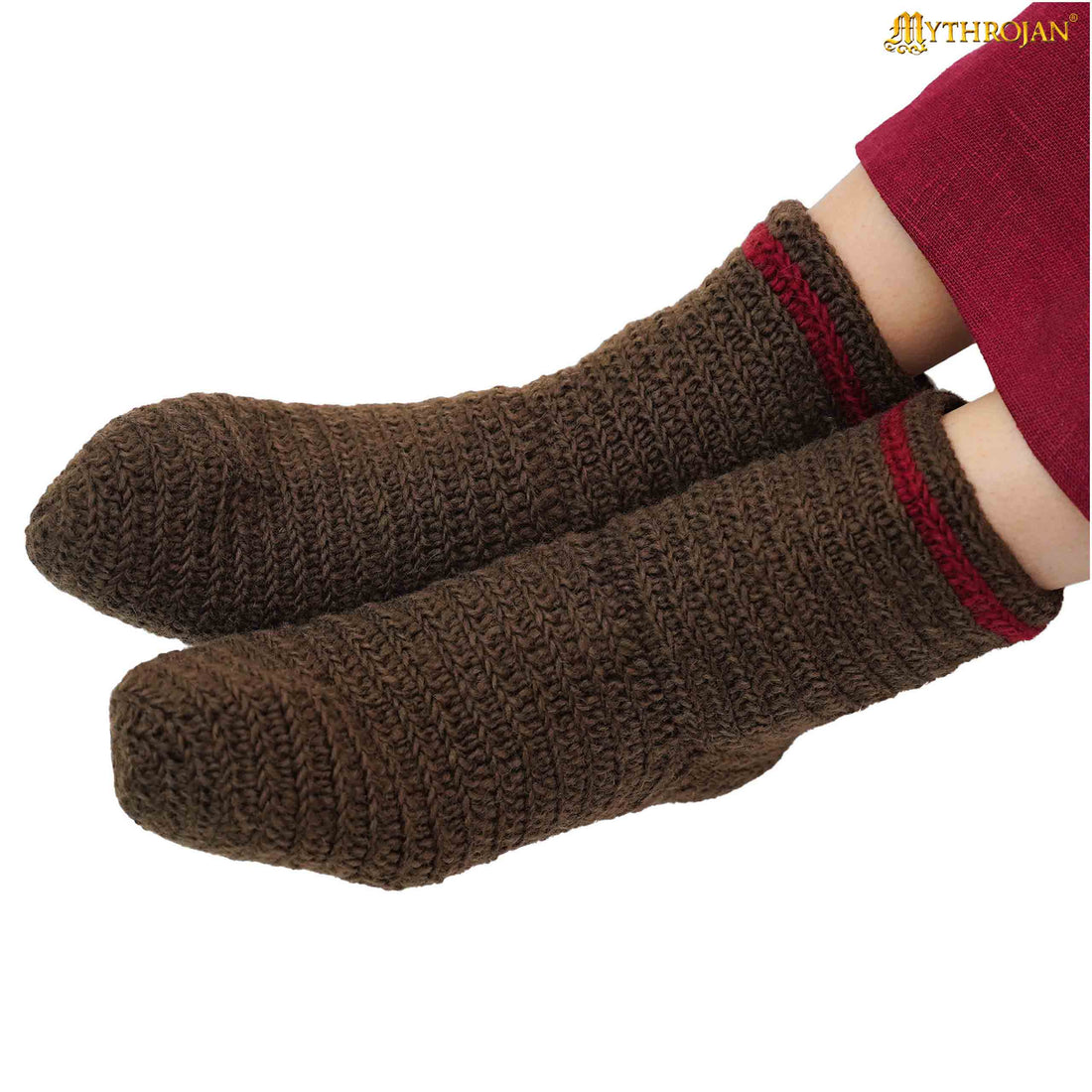
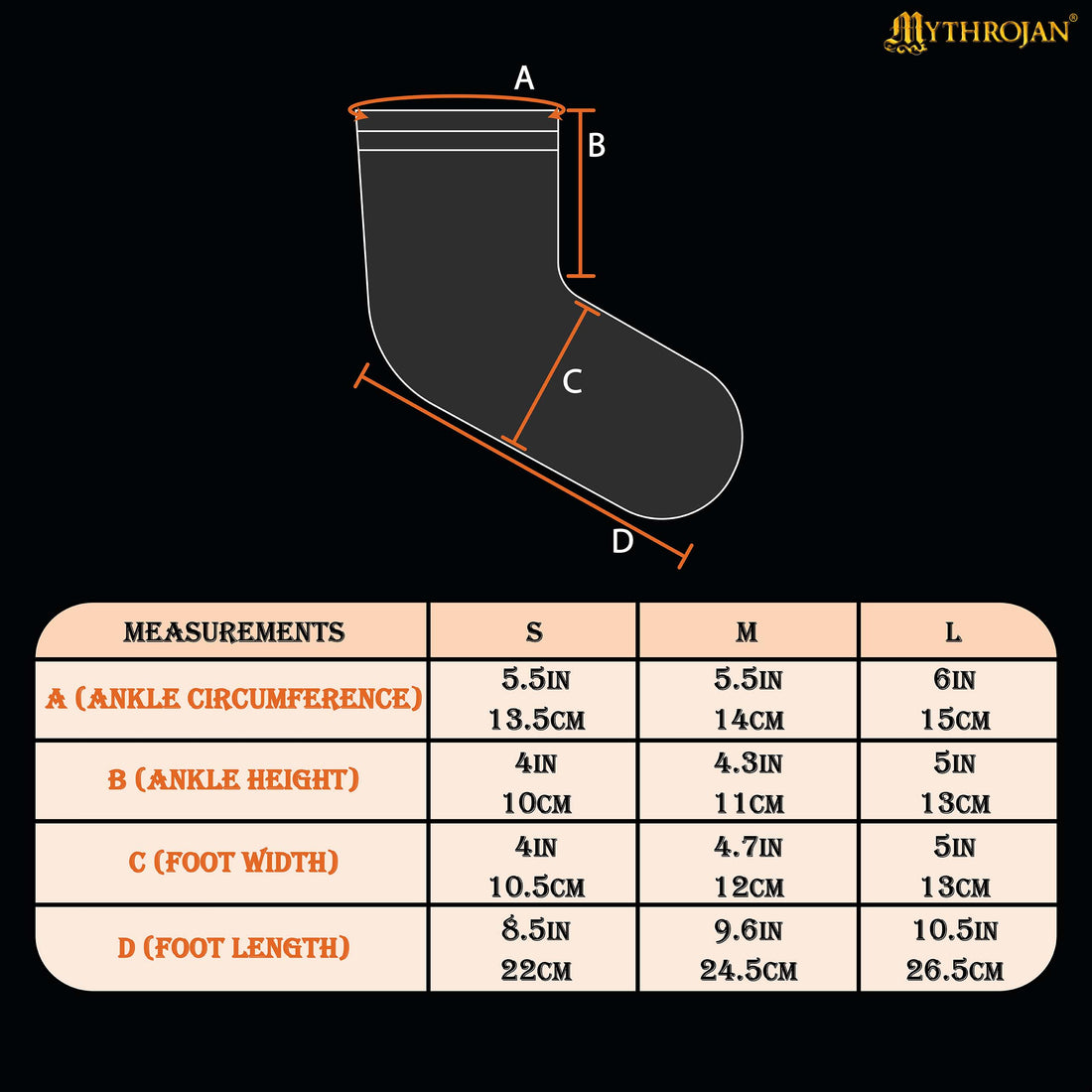 Naalbinding Viking Woolen socks for viking, Norse, Anglo Saxon, Slav, Rus, Medieval reenactment or LARP, 100% woolNaalbinding Viking Woolen socks for viking, Norse, Anglo Saxon, Slav, Rus, Medieval reenactment or LARP, 100% wool
Naalbinding Viking Woolen socks for viking, Norse, Anglo Saxon, Slav, Rus, Medieval reenactment or LARP, 100% woolNaalbinding Viking Woolen socks for viking, Norse, Anglo Saxon, Slav, Rus, Medieval reenactment or LARP, 100% wool- Regular price
-
$49.99 - Regular price
-
- Sale price
-
$49.99
Quick view
The Intriguing History of Medieval Trousers and Hose
In the realm of historical fashion, few garments evoke the mystique and grandeur of the medieval era as vividly as medieval pants. Whether referred to as medieval hose, trousers, or simply pants, these essential pieces of clothing offer fascinating insights into the daily lives, social structures, and cultural norms of the time. This article explores the various types of medieval pants, focusing on their evolution, styles, materials, and the distinct characteristics of medieval mens pants.
The Origins and Evolution of Medieval Pants
Medieval pants, also known as hose, were an essential part of a man’s wardrobe from the early Middle Ages through the Renaissance. Initially, these garments were simple in design, often made from wool or linen. Over time, the complexity and variety of medieval trousers increased, reflecting changes in fashion, social status, and technological advancements in textile production.
Types of Medieval Pants
- Medieval Hose: The term “hose” originally referred to leggings or stockings that covered the legs from the feet up to the waist or hips. In the early medieval period, hose were often separate for each leg, akin to modern-day stockings. By the later medieval period, hose became more like trousers, covering the lower body entirely.
- Braies: Worn under the hose, braies were a type of loose-fitting trouser, typically made from linen. They were tied at the waist with a drawstring and often extended to the knee. Braies provided a comfortable and practical underlayer that was crucial for daily wear and for the more restrictive outer garments.
- Chausses: Chausses were a type of closely fitted legwear that could be worn alone or under a skirt or tunic. Made from wool or linen, they were popular among men of all social classes and were sometimes reinforced with leather for added durability, especially for soldiers and hunters.
Medieval Pants for Men
Medieval mens pants were more than just functional clothing; they were a clear indicator of social status and occupation. The materials, colors, and fit of medieval trousers could signify a person’s wealth and rank. For instance:
- Nobility and Royalty: Wealthy individuals often wore hose made from fine fabrics such as silk or high-quality wool. Their pants were brightly colored and sometimes embellished with intricate embroidery or other decorations. The fit was also crucial, with tighter hose indicating a higher status due to the skill and expense required to tailor them.
- Commoners: Common folk typically wore simpler, more practical trousers made from coarser wool or linen. These medieval pants for men were usually in natural, undyed colors such as brown or grey, reflecting the wearer’s more modest means.
- Tradesmen and Workers: The pants worn by laborers and tradesmen were designed for functionality. Made from durable materials like leather, these trousers needed to withstand the rigors of daily work. Medieval leather pants were particularly favored by those involved in manual labor due to their durability and protective qualities.
Materials and Craftsmanship
The choice of materials for medieval pants was largely influenced by availability and social status. Wool and linen were the most common fabrics due to their widespread availability and versatility. Wool, in particular, was favored for its warmth and durability, making it ideal for the colder climates of medieval Europe.
Leather was another important material, especially for medieval leather pants. Leather trousers provided excellent protection and were often used by soldiers and hunters. The process of tanning leather was complex and time-consuming, making leather garments more expensive and highly valued.
The craftsmanship Involved in making medieval trousers varied greatly. Tailors for the nobility had to possess high levels of skill to create well-fitting, fashionable hose, while simpler, more practical trousers could be made by less specialized craftsmen.
The Cultural Significance of Medieval Trousers
Medieval trousers were more than just a practical necessity; they held significant cultural and symbolic meaning. For example, the act of a knight girding his hose was not only a daily routine but also a preparation for battle, symbolizing readiness and valor.
Fashion also played a role in medieval politics and power dynamics. Sumptuary laws, which regulated the types of clothing individuals could wear based on their social class, often included specific regulations about trousers. These laws were designed to reinforce social hierarchies and ensure that individuals dressed according to their rank.
Recreating Medieval Pants Today
The fascination with medieval clothing, including medieval mens trousers, has not waned over the centuries. Today, reenactors, historians, and enthusiasts strive to recreate these garments with historical accuracy. Modern artisans use traditional materials and techniques to produce medieval trousers that are as close as possible to their historical counterparts.
For those looking to incorporate medieval pants into their wardrobe or for a historical reenactment, several considerations are essential:
- Historical Accuracy: Ensure that the design, materials, and construction methods are appropriate for the specific time period you wish to represent.
- Comfort and Fit: While historical accuracy is important, comfort should not be overlooked. Proper fit and materials that allow for ease of movement will enhance the wearing experience.
- Purpose: Consider the purpose of the pants. Are they for everyday wear, a special event, or a reenactment? This will influence the choice of materials and the level of detail required.
Medieval pants, in their various forms, offer a fascinating glimpse into the past. From the simple, functional designs worn by commoners to the elaborate and finely crafted hose of the nobility, these garments reflect the rich tapestry of medieval life. Whether for historical reenactment, study, or fashion, medieval trousers remain a powerful symbol of an era marked by both simplicity and grandeur.
Understanding the evolution, significance, and craftsmanship of medieval mens pants not only enriches our knowledge of the past but also allows us to appreciate the timeless appeal of these historic garments. As we continue to explore and recreate medieval clothing, the legacy of medieval trousers endures, connecting us to a bygone era in which every stitch and seam told a story.
FAQs for Medieval Hose:
What are medieval male pants?
Medieval male pants, also known as hose, are garments that cover the legs and are typically made from materials like wool, linen, or leather. They were common in the medieval period, often tailored to fit snugly and provide comfort during movement.
How do I care for medieval leather pants?
To care for your medieval leather pants, clean them with a damp cloth to remove dirt and moisture. Use a leather conditioner to keep the material supple and prevent cracking. Avoid submerging them in water, and store them in a cool, dry place away from direct sunlight.
Did medieval leather trousers have pockets?
Most medieval leather trousers did not have pockets as we know them today. Instead, men often used pouches or belts to carry their belongings. However, some modern interpretations may include pockets for convenience.
Can I request a specific size for medieval men's trousers?
Yes, we offer a range of sizes for our medieval men's trousers. Please refer to our sizing chart for guidance. If you have specific measurements or requirements, feel free to contact us for assistance.
Do you offer customization options for medieval clothing pants?
Yes, we do offer customization options for our medieval clothing pants. You can specify details such as size, color, and additional features. Please reach out to our customer service team to discuss your requirements.
Are these medieval men's pants suitable for reenactments or LARP events?
Absolutely! Our medieval men's pants are designed with both authenticity and comfort in mind, making them suitable for reenactments, LARP events, and historical costume gatherings.
What materials are used in your medieval trousers?
Our medieval trousers are crafted from high-quality materials such as wool, linen, and leather. Each material is chosen for its durability, comfort, and historical accuracy.
Can I return or exchange my medieval hose if it doesn't fit?
Yes, we have a return and exchange policy in place. If your medieval hose does not fit as expected, you can return or exchange it within a specified period. Please check our return policy on the website for more details.
If you have any other questions or need further information, feel free to contact our customer service team!

















